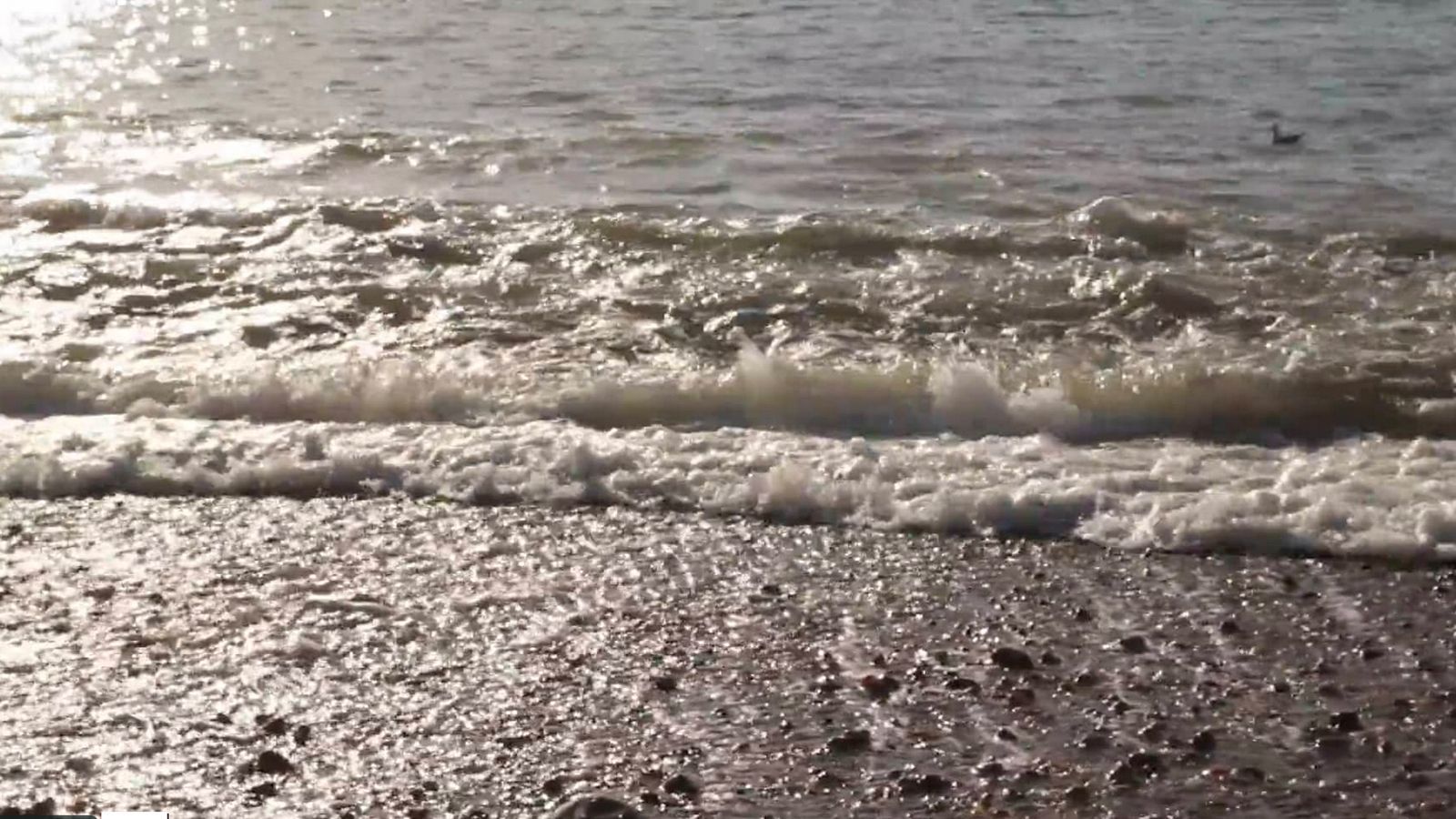Renowned multimedia artist and longtime Hunter College Distinguished Lecturer Constance DeJong is known for her elastic use of prose, sound, and genre. An artist steeped in language, she is considered one of the forbearers of "time-based media"—art or performance art that has a narrative aspect or is contingent on duration. A prominent figure in the 1970s and '80s New York City downtown art scene, DeJong has also been an influential teacher and mentor to a generation of aspiring artists; she has taught in the Hunter College MFA Studio Art Program for more than two decades.
The 2020 spring is her last semester teaching, and the Hunter College Art Galleries scheduled an exhibition of her work, coinciding with her final days in the Hunter College studio art classrooms. The show, a wide-ranging survey of DeJong’s work, was scheduled to open on March 17, but was halted by the COVID-19 crisis; it is currently on hold till the fall. In the meantime, Chief Curator Sarah Watson and the Hunter College Art Galleries’ curatorial staff wanted to commemorate DeJong's long tenure at Hunter, and they created an impromptu online exhibition in honor of DeJong and her legacy.
The gallery reached out to a group of 20 alumni from the Hunter College MFA Studio Art program, as well as other artists who have worked closely with DeJong throughout the years. The prompt was with a simple and open-ended question: How have you been affected by Constance's teaching? The artists were encouraged to respond in whatever medium they wanted, as long as it could be showcased digitally. "We welcomed anything that could be held on a website," said Watson, be it an audio clip, a written text, or an image.
The online exhibit, titled "Constance DeJong: Digital Constellations," is updated each week with two new contributions. This durational, time-based element honors DeJong's tradition, while allowing for flexibility for the visitor—the creative submissions do not have to be scheduled or experienced at a specific hour. And the responses are as diverse as the artists who have been affected by DeJong's teaching; one week's digital installations included a GIF and a sound piece. "It's really amazing to see the wonderful work and words that all of the alumni have to offer to Constance, as well as the way they've thought of responding—it's across-the-board different approaches," says Watson. New contributions will be uploaded to the site throughout the summer, culminating in the physical exhibition of DeJong's own work in the fall—the first show at an institutional gallery in the artist's long career.
“Inviting alumni to produce material that’s being posted is a way to gather together in the context of Hunter and the art department where all of us met and worked together," says De Jong. "Their responses make known their presence and their continuing engagement at this long challenging moment of confinement.”
The Constance DeJong exhibition and accompanying programming are made possible by a gift from the Legere Family Foundation in honor of daughter Elizabeth Legere (MA ‘17), and in appreciation of Hunter College distinguished lecturer Constance DeJong and Joachim Pissarro, Bershad Professor of Art History.


